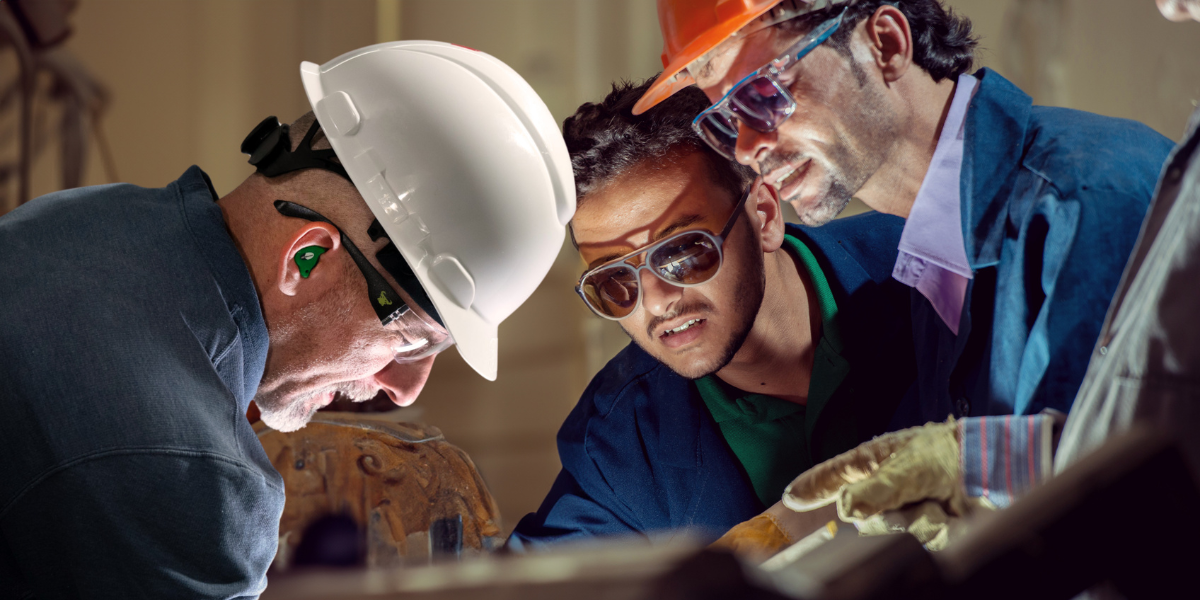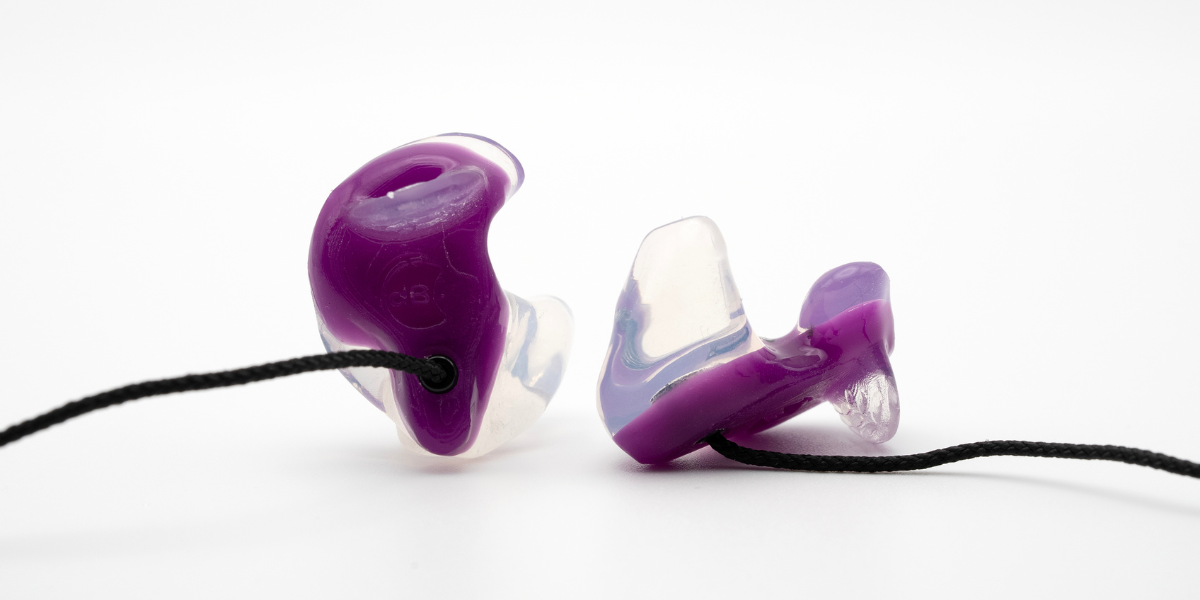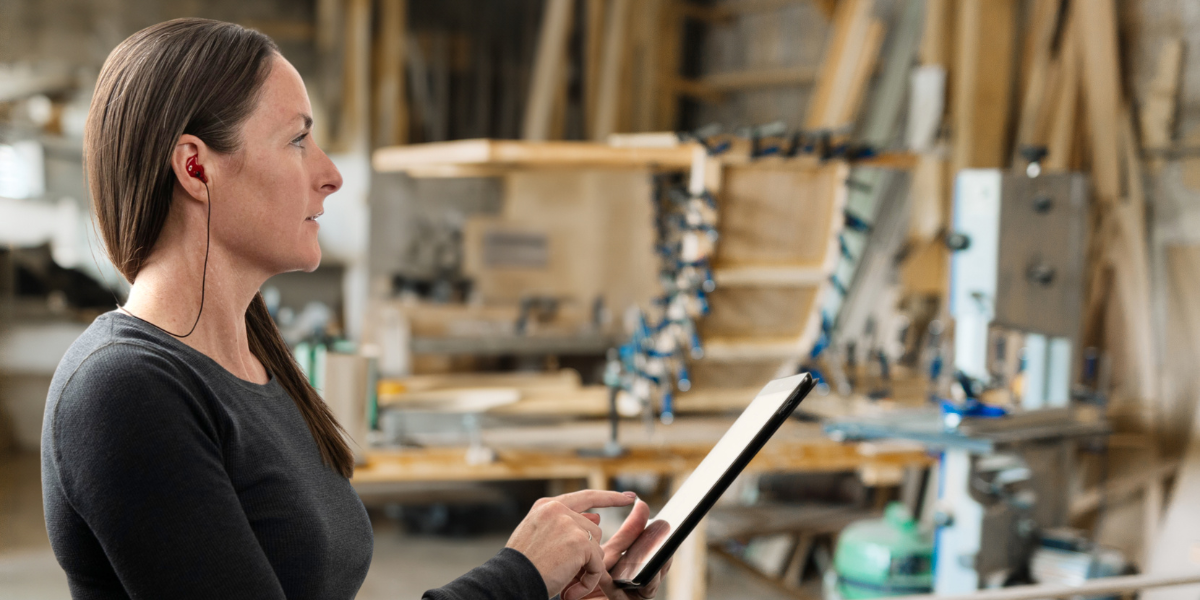The Noisiest Jobs in North America (and How We Can Protect Their Hearing!)

We Have a Noise Problem, and You Might Be At Risk
While it is difficult to categorize a whole continent as being “too noisy,” the U.S. and Canada certainly have a noise problem. From regular road noise to emergency sirens, construction sites, blaring music in your headphones and more, there is a continual hum of activity reaching our ears — some more noticeable than others!
But everyday sounds are nothing compared to the 22 million Americans and over 11 million Canadians who are exposed to hazardous levels of noise at work.
Those 33 million people occupy roles we need and rely on to keep our society operating day in and day out. Because of that, employees are not just at risk for occasional exposure to hazardous noise levels. They exist in loud environments for hours at a time every day. So, who are the people risking their hearing health each time they clock in? Here is a list of the top 5 industries with a high risk for hearing loss.
Top 5 Noisiest Jobs in North America
1. Construction
At levels that can reach 120-130dB, construction sites are among the noisiest environments to be in. In fact, every activity in construction is known for being loud: hammering, drilling, sawing. You name it, it’s loud. With power tools and big machinery commonly used, construction workers regularly rely on protective measures to keep their hearing safe.
2. Manufacturing
While manufacturing jobs have been declining over the last 40 years in the U.S., both the US and Canada still continue to produce more with less. A wide range of products, including fabricated metals and machinery, electrical products and apparel and textiles, means industry workers are utilizing a variety of machines at once, often at large scales. Even small factories can be at risk for big noise problems!
3. Transportation and Warehouse Work
Transportation and warehouse workers are at high risk for dangerous levels of noise exposure. Despite this, a large percentage of transportation workers frequently report not wearing hearing protection on the job. With dB levels regularly reaching over 85 (the threshold for potential hearing damage after prolonged exposure), it’s imperative that workers in these fields wear protective gear. Managers can encourage proper protective wear usage by providing gear that is comfortable and effective, for hours at a time.
4. Military
Hearing loss is extremely common among veterans and military members. The U.S. Department of Veterans Affairs (VA) reported that over 1.3 million veterans receive compensation for hearing loss alone. Similarly, The Canadian Forces Health Services Group reported spending around $1.1 million annually on health costs related to hearing loss.
As researchers continue to find more ways to prevent, diagnose and treat hearing loss and related issues, those who work in at-risk jobs can take steps to protect themselves as early as possible.
For example, due to a 2006 study at the Naval Air Warfare Center Aircraft Division (NAWCAD) indicating flight personnel frequently inserted foam ear plugs incorrectly, the Navy now recommends custom-fit earplugs that ensure a greater level of protection for service members!
5. First Responders
While on the job, firefighters, police officers and other first responders are exposed to extensive hazardous noise. Despite this, a 2023 study found that most employees in these fields were unaware of the hearing risk they faced and, therefore, didn’t participate in hearing protection practices. Ensuring teams are aware of company policy and how to get assistance is a key part of protective measures.
How We Can Protect Our Workers
Both the Centers for Disease Control (CDC) and the Canadian Centre For Occupational Health and Safety (CCOHS) have a Hierarchy of Hearing Loss Control (simply Hierarchy of Controls in Canada), which details preventative steps employers can take to reduce hazardous noise exposure as part of a hearing conservation program.
The first level of preventative control is Personal Protective Equipment, or as it’s more commonly known: PPE. There are varying levels of hearing protection that fall under PPE. Disposable earplugs and earmuffs are quick, affordable options that have been around forever.
With modern advancements in hearing care technology, there are better options on the market that provide users with increased protection and comfort for long-term use. Instead of buying endless packs of foam earplugs, more people are opting for custom hearing protection that significantly reduces the harmful effects of working in loud environments.
While PPE is vital for occupational safety, employers should take additional steps to protect their workers (and their company). Administrative controls and engineering controls, including maintaining equipment, adjusting operation schedules and modifying noise sources, should be regular preventative actions.
The most effective forms of hearing loss control are elimination and substitution. This means removing hearing hazards, purchasing quiet equipment and designing processes to be as quiet as possible. By following these steps, we can prevent noise-induced hearing loss and increase worker retention and satisfaction in these industries.
Providing custom hearing protection for your team has never been easier. Get started by ordering a sample kit of our flagship product, dB Blockers, from Protect Ear today!





